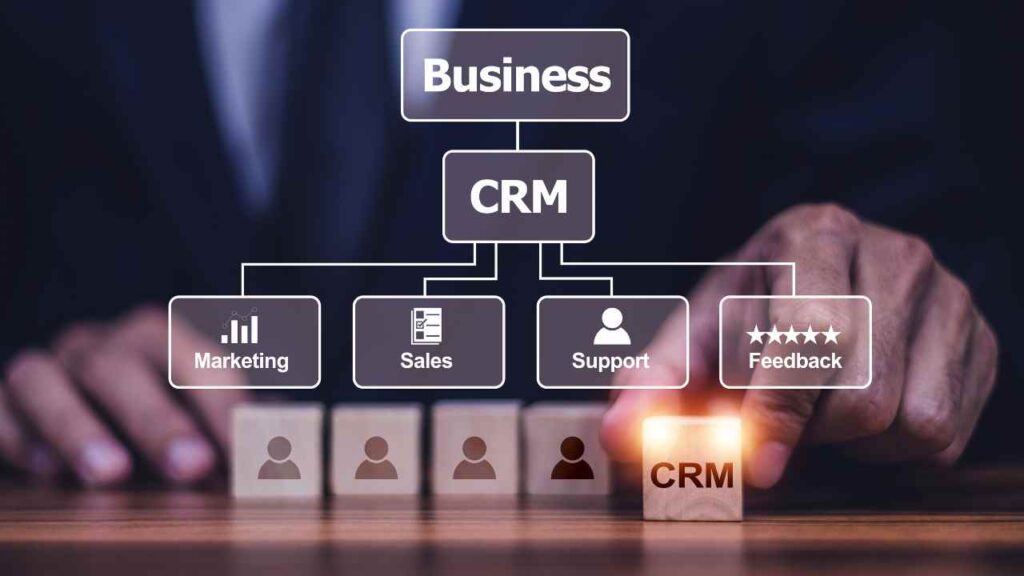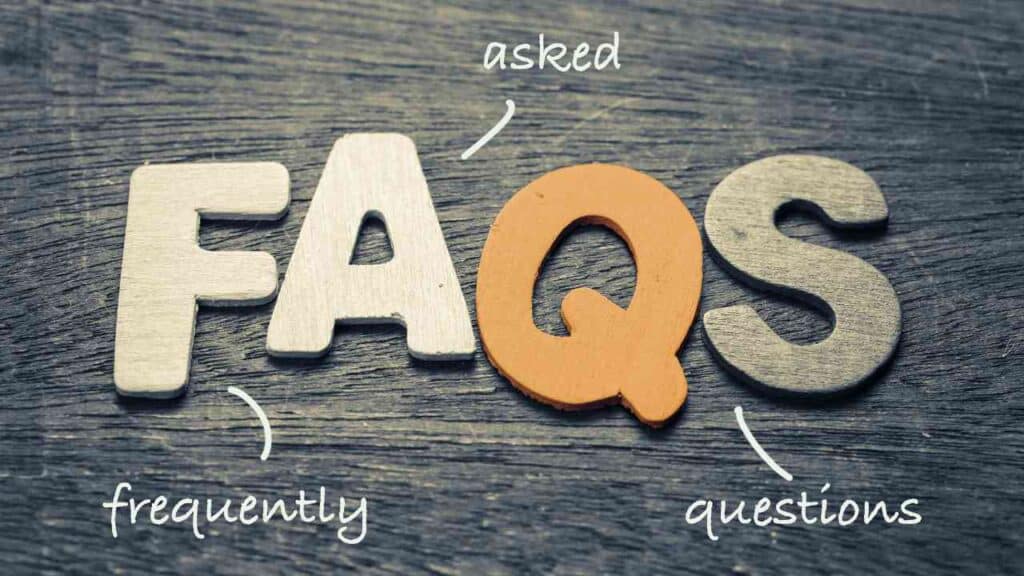Maximizing Employee Cooperation Through CRM

Effective communication and collaboration among employees are crucial for the success of any organization. When employees work together seamlessly, they can achieve higher productivity, improved customer satisfaction, and increased profitability. Customer Relationship Management (CRM) systems play a vital role in facilitating employee cooperation by providing a centralized platform for sharing information, tracking progress, and fostering collaboration. In this article, we will explore how CRM can maximize employee cooperation and its impact on organizational success.
The Role of CRM in Employee Cooperation
CRM systems are designed to manage and analyze customer interactions and data throughout the customer lifecycle. However, their benefits extend beyond customer management. By implementing a CRM system, organizations can create a collaborative environment that encourages employees to work together towards common goals. Here are some ways CRM can enhance employee cooperation:
- Centralized Information: CRM systems provide a centralized database where employees can access and update customer information in real-time. This eliminates the need for manual data sharing and ensures that everyone has access to the most up-to-date information. When employees have easy access to relevant data, they can make informed decisions and collaborate effectively.
- Task Assignment and Tracking: CRM systems allow managers to assign tasks to specific employees and track their progress. This feature promotes accountability and transparency within the organization. Employees can see their assigned tasks, deadlines, and dependencies, enabling them to collaborate efficiently and meet project milestones.
- Collaborative Communication: CRM systems often include communication tools such as chat, email integration, and discussion boards. These tools facilitate real-time communication among employees, regardless of their physical location. By providing a platform for instant communication, CRM systems enable employees to collaborate seamlessly and resolve issues promptly.
- Knowledge Sharing: CRM systems can serve as a repository for storing and sharing knowledge within an organization. Employees can document best practices, customer insights, and success stories, making it easier for others to learn from their experiences. By promoting knowledge sharing, CRM systems foster a culture of collaboration and continuous learning.
Case Study: XYZ Corporation
To illustrate the impact of CRM on employee cooperation, let’s consider the case of XYZ Corporation, a leading software development company. Prior to implementing a CRM system, XYZ Corporation faced challenges in coordinating their sales and development teams. Sales representatives struggled to communicate customer requirements effectively, leading to delays and misunderstandings during the development process.
After implementing a CRM system, XYZ Corporation experienced a significant improvement in employee cooperation. The centralized database allowed sales representatives to enter customer requirements directly into the system, ensuring that developers had access to accurate and up-to-date information. The task assignment and tracking feature enabled managers to assign development tasks to the appropriate team members and monitor their progress.
The collaborative communication tools provided by the CRM system allowed sales representatives and developers to communicate seamlessly. They could discuss project requirements, clarify doubts, and provide feedback in real-time. This improved collaboration resulted in faster development cycles, reduced rework, and increased customer satisfaction.
Statistics on Employee Cooperation and CRM
Several studies have highlighted the positive impact of CRM on employee cooperation. Here are some statistics that support the effectiveness of CRM in enhancing collaboration:
- According to a study by Nucleus Research, companies that implemented CRM systems experienced a 26.4% increase in employee productivity.
- A survey conducted by Salesforce found that 86% of employees believe that a lack of collaboration and ineffective communication are the primary causes of workplace failures.
- Research by Aberdeen Group revealed that organizations with CRM systems achieved a 32% increase in employee engagement compared to those without CRM.
Best Practices for Maximizing Employee Cooperation Through CRM
While implementing a CRM system is a step in the right direction, organizations need to follow best practices to maximize employee cooperation. Here are some tips:
- Provide Adequate Training: Ensure that employees receive comprehensive training on how to use the CRM system effectively. This will empower them to leverage its features and collaborate efficiently.
- Encourage Adoption: Communicate the benefits of CRM to employees and encourage them to embrace the system. Address any concerns or resistance and highlight how CRM can simplify their work and improve collaboration.
- Establish Clear Processes: Define clear processes and workflows within the CRM system. This will help employees understand their roles and responsibilities, reducing confusion and promoting cooperation.
- Regularly Review and Update: Continuously review and update the CRM system to ensure it aligns with evolving business needs. Solicit feedback from employees and make necessary improvements to enhance collaboration.
CRM systems play a crucial role in maximizing employee cooperation within organizations. By providing a centralized platform for information sharing, task assignment, and collaborative communication, CRM systems enable employees to work together seamlessly towards common goals. Case studies and statistics demonstrate the positive impact of CRM on employee productivity, engagement, and customer satisfaction. To maximize the benefits of CRM, organizations should provide adequate training, encourage adoption, establish clear processes, and regularly review and update the system. By leveraging CRM effectively, organizations can unlock the full potential of their employees and drive success.
Visit https://SaasExpert.ca – Your All-In-One Sales and Marketing Platform for small businesses, agency owners, and marketers.
Learn more about “Improving Collaboration Among Employees with CRM” right here.
Frequently asked questions about Maximizing Employee Cooperation Through CRM.

1. Hey there! So, how can a CRM actually make my team work better together? 🤷♂️
Answer: Hey! Great question. 😊 So, think of a CRM like the ultimate team playground. 🎡 It gathers all your customer info, tasks, and communications in one spot. This means everyone knows who’s doing what, who said what, and when. No more “I thought you were handling that!” moments. Plus, with shared calendars and task lists, everyone’s in sync. It’s like giving your team a superpower to understand and support each other better! 💪✨
2. We use other tools for team chats and meetings. Can a CRM play nice with those? 🧐
Answer: Oh, absolutely! 🚀 Modern CRMs are like those friendly neighbors that get along with everyone. They can usually integrate with popular team chat apps like Slack or video tools like Zoom. So, whether you’re discussing a customer issue in chat or hopping on a video call, your CRM can be right there with you, making sure all the info you need is just a click away. It’s all about making life easier and more connected for your team. 🌐❤️
3. What are the top features in a CRM that’ll make my team go, “Whoa, this is awesome!”? 😲
Answer: Haha, love the enthusiasm! 🎉 Okay, here’s the cool stuff:
Shared Calendars: Imagine never double-booking or missing a team huddle again. 📅✅
Real-time Document Editing: It’s like magic! Multiple folks can work on a doc without overwriting each other’s stuff. 📝🔮
Task Delegation:
Know who’s on what, without the pesky “Who’s doing this again?” moments. 🎯
Instant Communication Logs: Every chat with a customer, stored and easy to find.
It’s like having a diary of all your customer convos! 📖
Integration Galore: Bring in data from other tools, so you have everything in one place. It’s like a Swiss Army knife for your business! 🛠
Your team will be high-fiving (virtually or in-person) in no time! 🙌
4. Conflicts happen. Can a CRM help my team avoid those “Oops” moments? 😅
Answer: Oh, for sure! We’ve all had those little hiccups. 😄 A CRM is like your team’s peacekeeper. 🕊 By keeping everything transparent – from who spoke to a customer last to what was promised – misunderstandings can be kept to a minimum. When everyone’s on the same page, there’s less room for those “Oops” moments. It’s all about clarity, and a CRM brings that in buckets! 🌈
5. How do I get my team onboard with using a CRM? They’re a bit resistant to new tools. 🙈
Answer: Ah, the age-old challenge of change! 😂 But don’t worry. Start with the “Why.” Share how a CRM can make everyone’s day smoother and tasks simpler. 🌟 Maybe run a fun training session (snacks always help! 🍪) and highlight the cool features they’ll love. And hey, feedback is gold. Encourage them to share their thoughts and suggestions. Before you know it, they’ll be CRM pros and wonder how they ever lived without it! 💼🚀






